Environment
What It Really Takes To Live Off The Grid
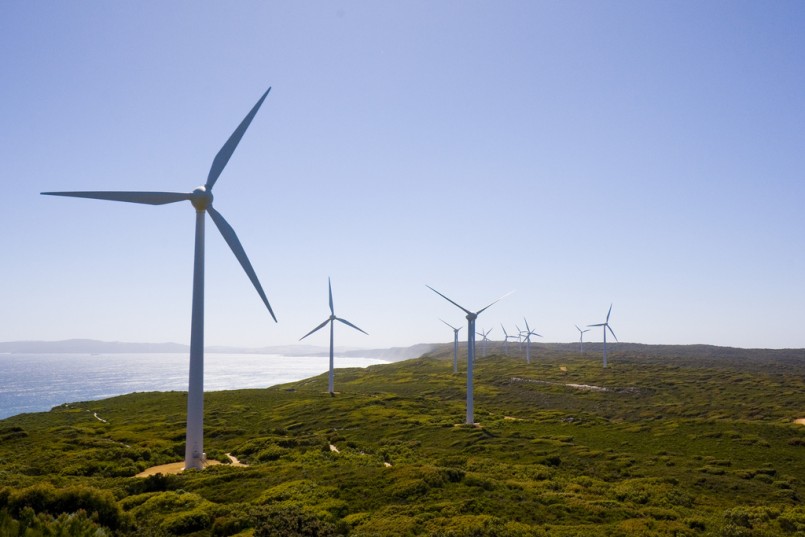
Photo: Lawrence Murray
What It Really Takes To Live Off The Grid
As the world becomes a little more unpredictable, a trend of self-reliance has taken off. More and more people are choosing to cut ties with their utility bills and venture down the path of independence.
We’ve seen the shows and read an article or two, but what does it really mean to live off the grid? And if it’s a personal goal of yours, how can you make it a reality?
Here is a step-by-step guide to help you navigate the tricky arena of off-the-grid living.
Deciding Your Mindset
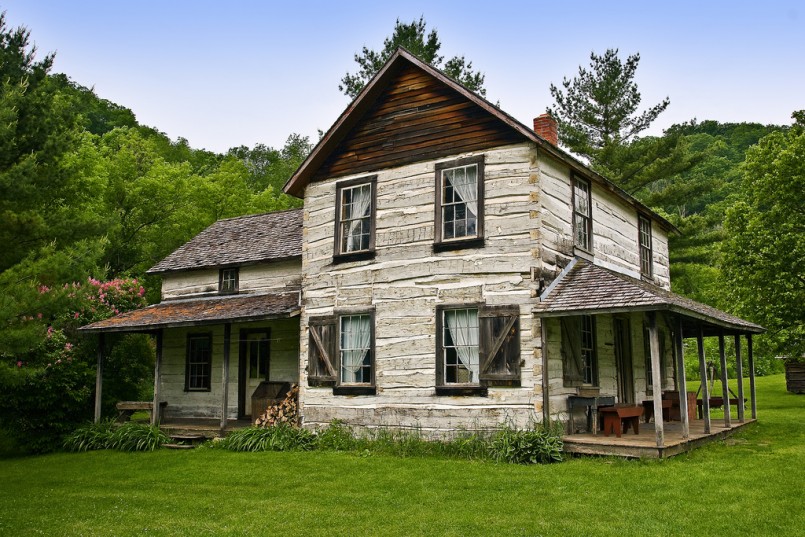
Photo: Randen Pederson
Living off the grid means something different to everyone, but the desire for independence and the commitment to a lifestyle of sustainability is mandatory. After you’ve established this, it’s time to get in touch with the objectives of your future home. Are you interested in modern conveniences (electricity anytime, hot showers whenever) that require large power-storage solutions? Or do you plan on taking a back-to-basics approach by utilizing old fashioned means of heating and food prep? These differences are important because they will influence your overall plan in the future, as well as estimation of costs.
Finding Land
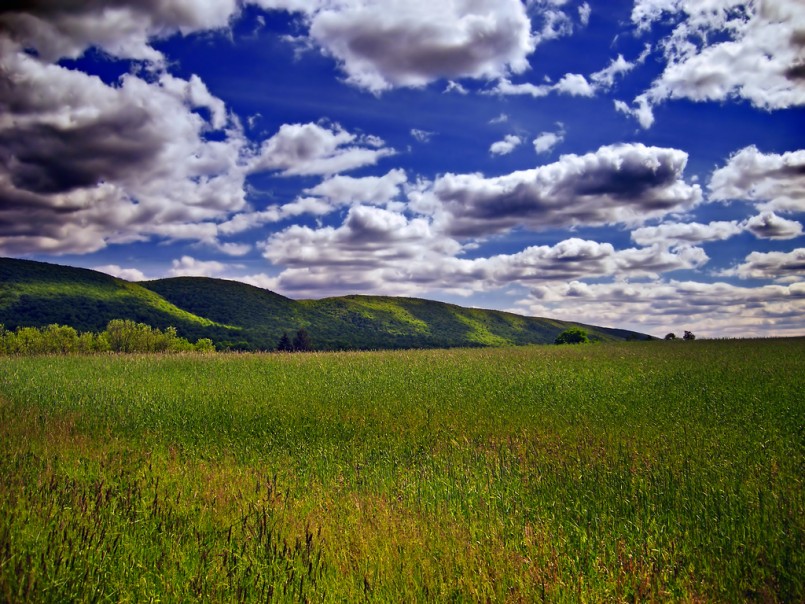
Photo: Nicholas A. Tonelli
To live off the grid requires finding a place that’s either A) not already hooked into the grid, or B) able to detach from current utilities. People who choose this lifestyle often find parcels of land on the outskirts of a town they love and start from the ground up. Just remember to call the county building authority to verify any preexisting codes or regulations before you purchase. And lastly, keep in mind that you’ll probably have to pay property taxes no matter what.
Generating Power
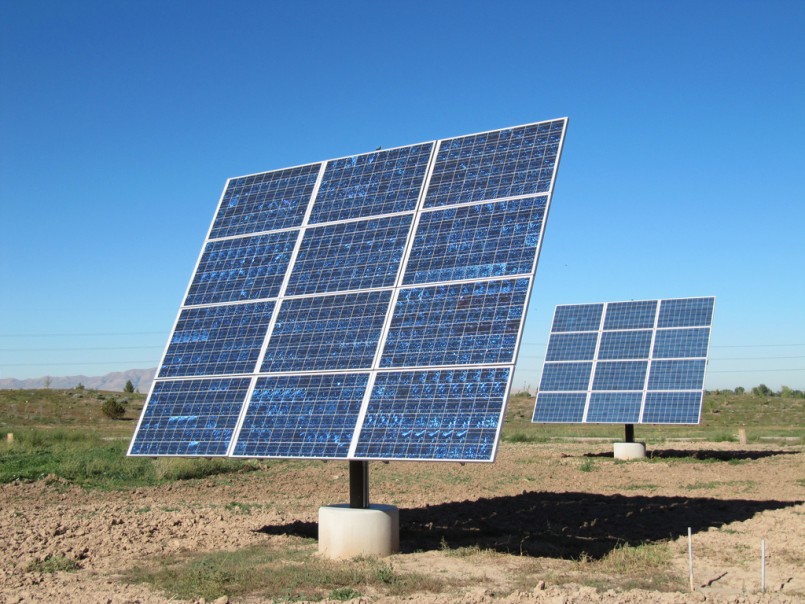
Photo: ricketyus
It’s key to remember these two things: generating power and storing it. To generate power, it’s essential to use the natural resources of your land. Open spaces? Consider a wind turbine. Lots of southern exposure? Go for solar panels. And lastly, hydropower is efficient only when a four-season water source is present on the property. So once you’ve figured out how to harness the power, you must decide a storage solution. They typically consist of “rechargeable” batteries that are fueled by your energy of choice. They’re expensive, sure, but look for tax breaks for people who install renewable energy systems on their property.
Collecting Water
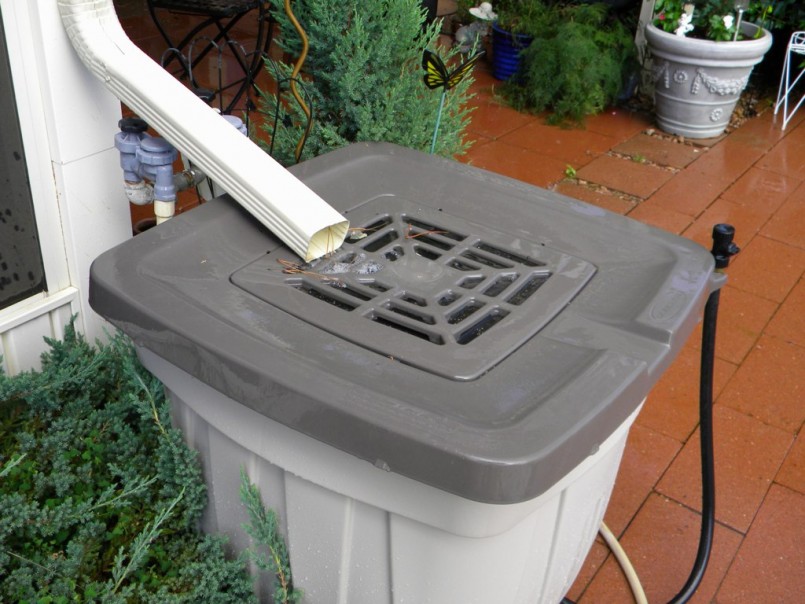
Photo: Barbara Ann Spengler
Water is, of course, incredibly important to off-grid living. There are two types: for the home (drinking, bathing) and for gardening. Some climates produce enough rain to collect, via rain barrels, enough water for both. But most people who live off the grid choose to drill a well on their property, which means it’s imperative to find land with access to water. It’s also entirely possible to collect water from streams and rivers, but it’s also mandatory to filter the water due to the risk of contamination from animal feces, pollutants, and bacteria. And that means you’ll need extra power to fuel a filtration system.
Disposing Waste
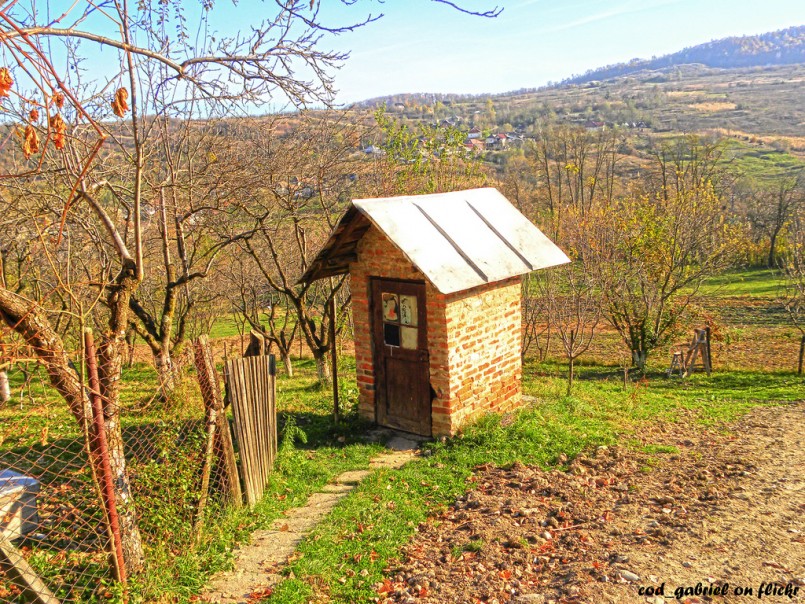
Photo: Gabriel
It’s a no-brainer that you’ll run into sewage regulations along the way, even in an area without building codes. And that’s really alright, as improper disposal of waste is unhealthy for everyone. A few solutions are: septic tanks with buried leach fields and composting toilets. Check with your local health department before purchasing any personal septic systems to be sure you’re getting one that complies with their standards.





0 comments